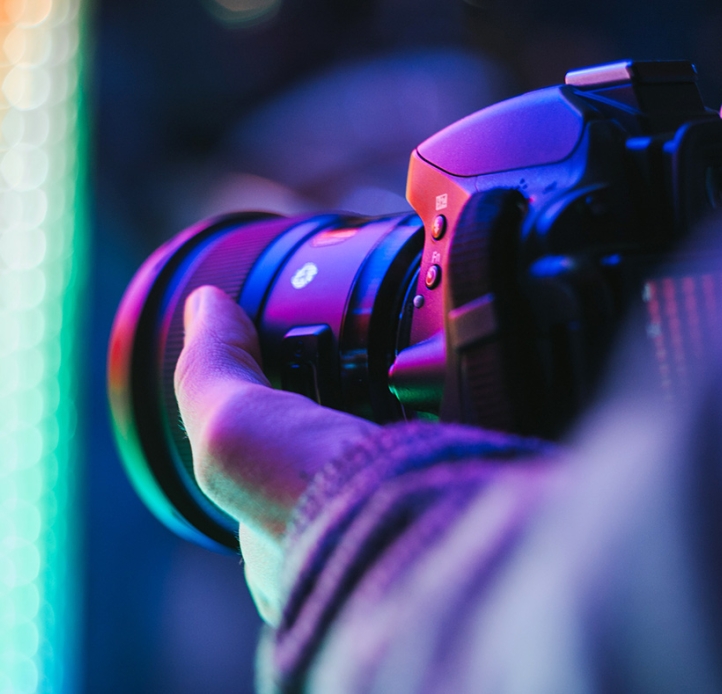Campus Photography
The Marketing and Communications Office is here to help with your photography needs. Our campus photographer provides a variety of photography services and maintains an archive of photo galleries.
Photography Priorities
The campus photographer’s primary responsibility is to support the revenue-generating goals of the Marketing and Communications, Admissions, and Institutional Advancement teams. Images are supplied primarily for prominent promotional outlets, including websites, social media, and print publications. Priority is given to major events, including events hosted by the president, Commencement, convocations, university-wide celebrations, notable guests, and major alumni events. Lower priority is given to images with limited or indeterminate usage, such as internal event documentation.
The priority levels for photo requests are listed below. Level 1 has the highest priority.
Please note that photography services are not guaranteed for every request or event.

Priority Levels for Photo Requests
- Admissions and recruitment photography
- University news stories and press releases
- High-profile Alumni Engagement or Institutional Advancement events
- Alumni magazine (1300 Elmwood)
- Major annual campuswide events (e.g., Commencement, First-Year Convocation, Bengals Dare to Care Day, alumni reunions)
- Historic events or prominent speakers with wide appeal
- Stock photography of student and campus life
- Official employee headshots
- Speakers not covered under Level 1
- Conferences, symposiums, and other internal campus events
- Administrative or academic departmental needs (e.g., speakers, panel discussions, events, portraits, classroom photos)
The Marketing and Communications Office maintains a list of student and freelance photographers to provide coverage for Level 2 and 3 events, subject to availability.
Please note that submitting a request for photography does not guarantee coverage. In addition, use of a freelance photographer is at the expense of the requesting office.
- Student headshots
- Group photos
- Receptions
- Employee-centered events (images intended for internal circulation only)
The Marketing and Communications Office maintains a list of student and freelance photographers to provide coverage for Level 2 and 3 events, subject to availability.
Please note that submitting a request for photography does not guarantee coverage. In addition, use of a freelance photographer is at the expense of the requesting office.
Guide for Quality Web Photos
Minimum Image Sizes
Full-page width: 1,600 pixels
Half-page width or profiles: 600 pixels
Quality
- Images should be in sharp focus, not blurry or pixelated.
- Subjects should be well-lighted, not in shade or shadow.
- “Selfies” are discouraged, as the subject often appears distorted, distracted, or disconnected.
Tips for Taking Great Photos
Natural light is best: If the lighting is bad, so too will be your photo.
Choose a strong focal point: What do you want your photo to represent? Remember, more isn’t always better. Sometimes it’s just more.
Consider your orientation: Horizontal photos work best for the web.
Take a step back: Don’t zoom in too tightly. Leave a little room around your subject for cropping. Your photo may be used in different sizes or ways.
Be aware of your background: Are there trash cans, clothing, water bottles, backpacks, food, people walking around? Declutter before you squeeze the shutter.
Change your perspective: Take photos from different angles—straight on, from above, from below, or from the side—for more interesting images.
Take several shots of the same pose: Sometimes subjects will move, causing a blur, or close their eyes. Taking several “identical” shots ensures a better photo.
Document change: Taking before, during, and after photos shows progress and adds interest.

